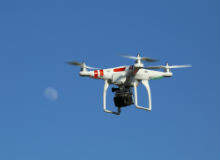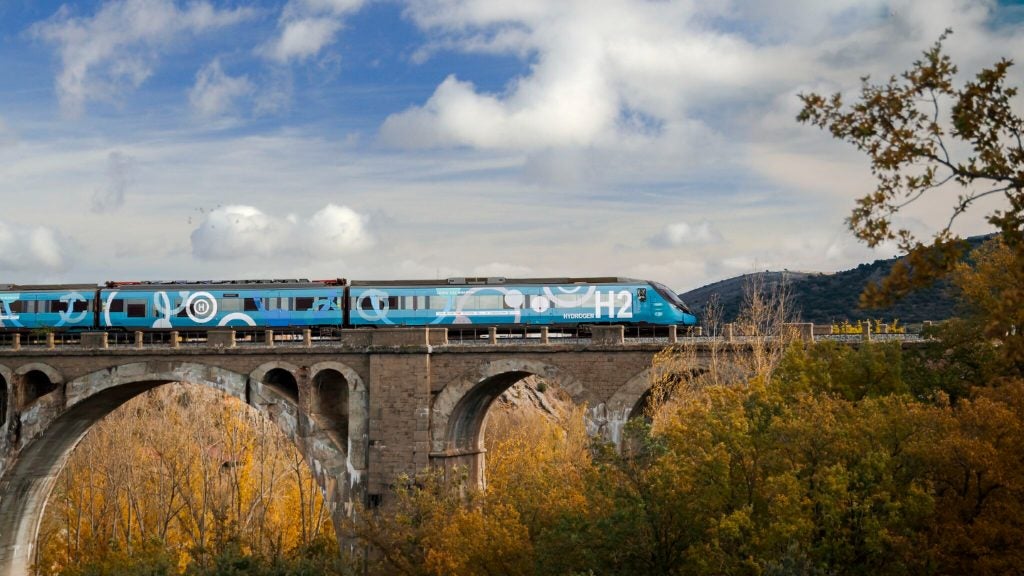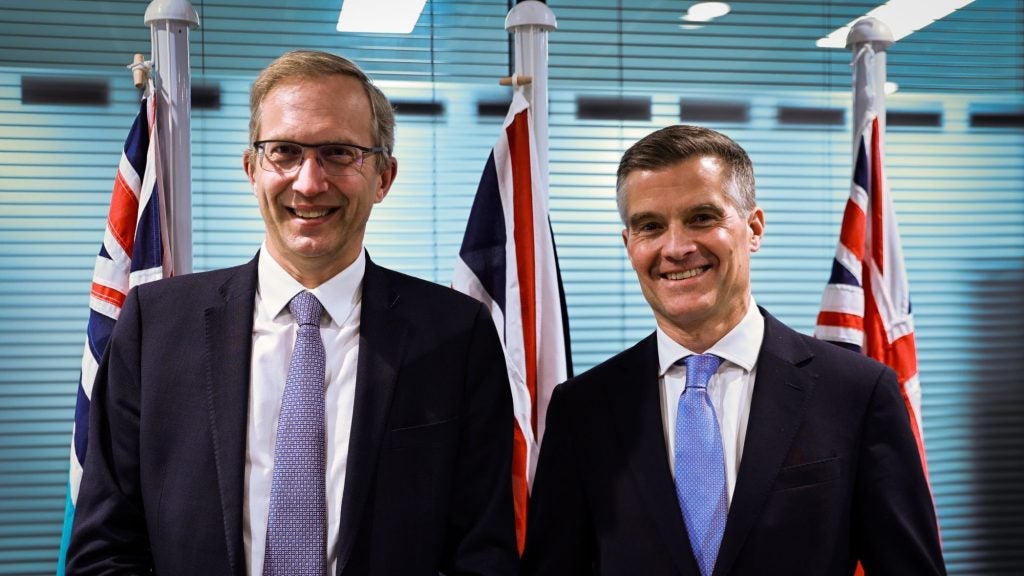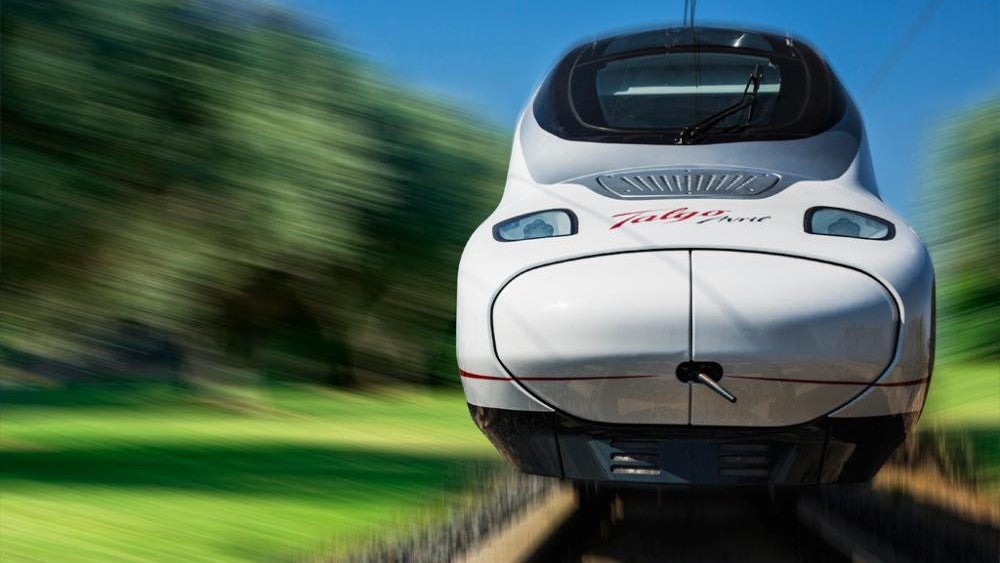

Using drones to follow trains is just one option being considered by the UK Government to revolutionise mobile connectivity on the rail network and reduce WiFi blank spots.
Rail minister Claire Perry said: "Dropped calls and intermittent access to the internet are frustrations felt by many rail passengers
"We are consulting with industry to ensure the best possible deal for passengers and in order to future proof mobile connectivity on our trains.
This future proofing is divided into two sections in the consultation – off-train options and on-train options.
See Also:
Alongside the drones exist what might be deemed more realistic solutions, including improvements to mobile operators’ off-rail infrastructure that target mobile blackspots, ensuring operators use Network Rail’s mast, facilities and telecommunications, as well as train-to-satellite mobile broadband connectivity, among others.
How well do you really know your competitors?
Access the most comprehensive Company Profiles on the market, powered by GlobalData. Save hours of research. Gain competitive edge.

Thank you!
Your download email will arrive shortly
Not ready to buy yet? Download a free sample
We are confident about the unique quality of our Company Profiles. However, we want you to make the most beneficial decision for your business, so we offer a free sample that you can download by submitting the below form
By GlobalDataSome on-train ideas are roof-top antennas to rebroadcast mobile data as WiFi signals on trains and on-board repeaters that amplify external signals within carriages that suffer attenuation caused by walls and windows.
Phil Sheppard, director of network strategy and architecture at Three, has also urged mobile operators and rail companies to collaborate to improve signal, and highlighted the use of repeaters as "reasonable".
In addition, in February the government said it would invest £50m in a roll-out of free WiFi on TSGN, Southeastern, Chiltern and Arriva Trains Wales trains from 2017, insisting that new franchise bids will need to include such a commitment.
Internet-connected drones and balloons
The idea of internet-connected drones and balloons has been the subject of research by Facebook and Google.
At the Mobile World Congress in March, Google executive Sundar Pichai said that the company’s Project Loon balloons, which are designed to travel twice as high as aeroplanes and provide internet access, could now remain in the air for six months.
A 2013 trial 12.4 miles high in New Zealand provided wireless speeds of 3G quality to an area twice the size of New York City.
Pichai also stated that Google’s internet solar-powered drones will undergo test flights soon, while Facebook’s Connectivity Lab has been testing drones and satellites for internet connection, and could reportedly trial a WiFi drone as high as 60,000ft to 90,000ft later this year.
Mobile provider EE also announced in 2015 that it will start development on what they term Air Masts, which will broadcast 4G coverage by flying 1km in the air and using a signal from masts up to 12 miles away.
Reports say drones would fly two at a time, with one taking the place of the other when it lands to recharge.
EE Chief Executive Olaf Swantee said at the time: "They are literally flying in the air and providing both transmission and back haul capability as well as coverage capability."
So, while the basic premise exists, there is very little to suggest how such systems would be used in a transport environment, where movement of a drone could be necessary.
For example, would the vehicle be controlled by on-board computers or a remote pilot? How high or low would it need to fly? How many drones would be needed to ensure blanket coverage across a route? Also, would the cost of this impact passenger prices – particularly on the back of David Cameron’s insistence that WiFi should be free by 2017?
There is also the regulatory framework from the Civil Aviation Authority, which limits commercial unmanned systems from flying beyond line of site unless they have a sense-and-avoid system. It is also stated not to fly an unmanned aircraft within 50m of a person, vehicle, building or structure.
Such logistical questions do throw into doubt the feasibility of such an idea and any such implementation is likely to be many years, if not decades, away. However, with network coverage and Wifi connectivity becoming ever more important for rail passengers, it would be remiss of the government, and indeed train companies, to not explore all possible avenues.






